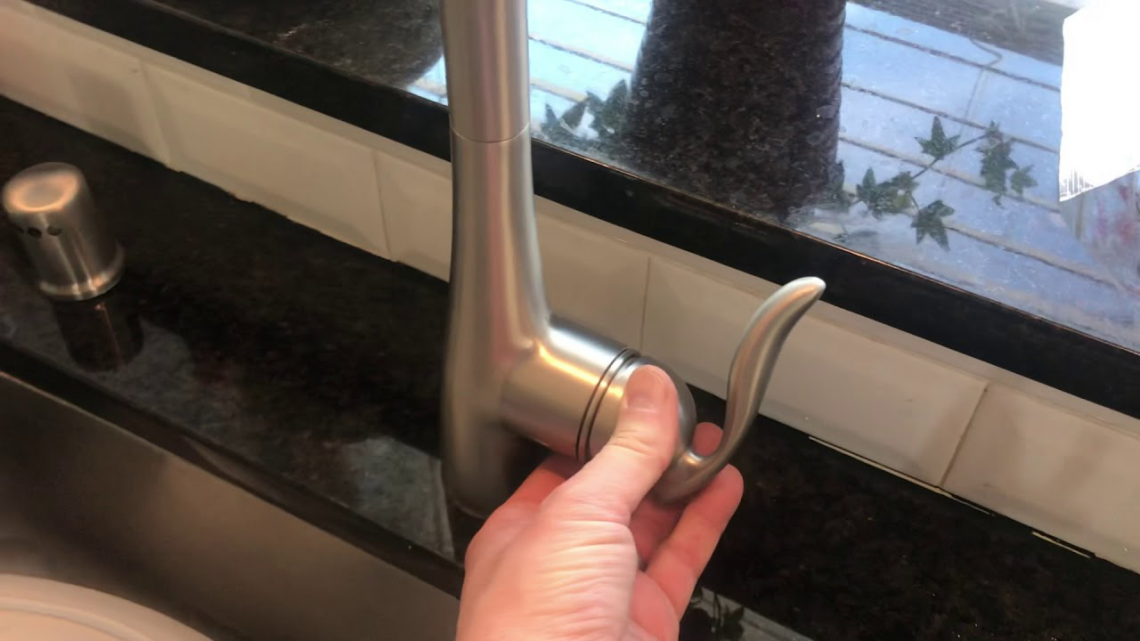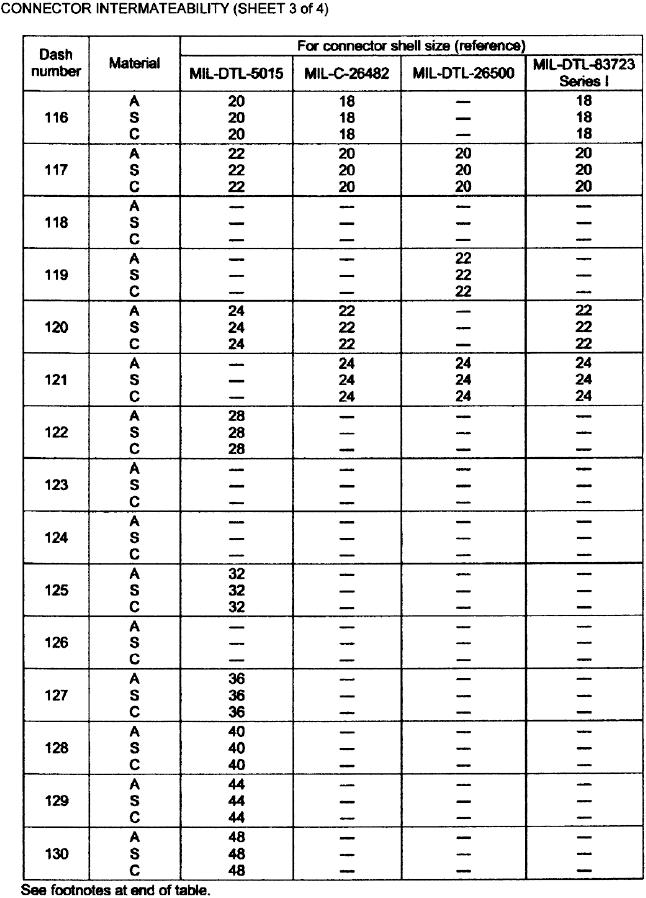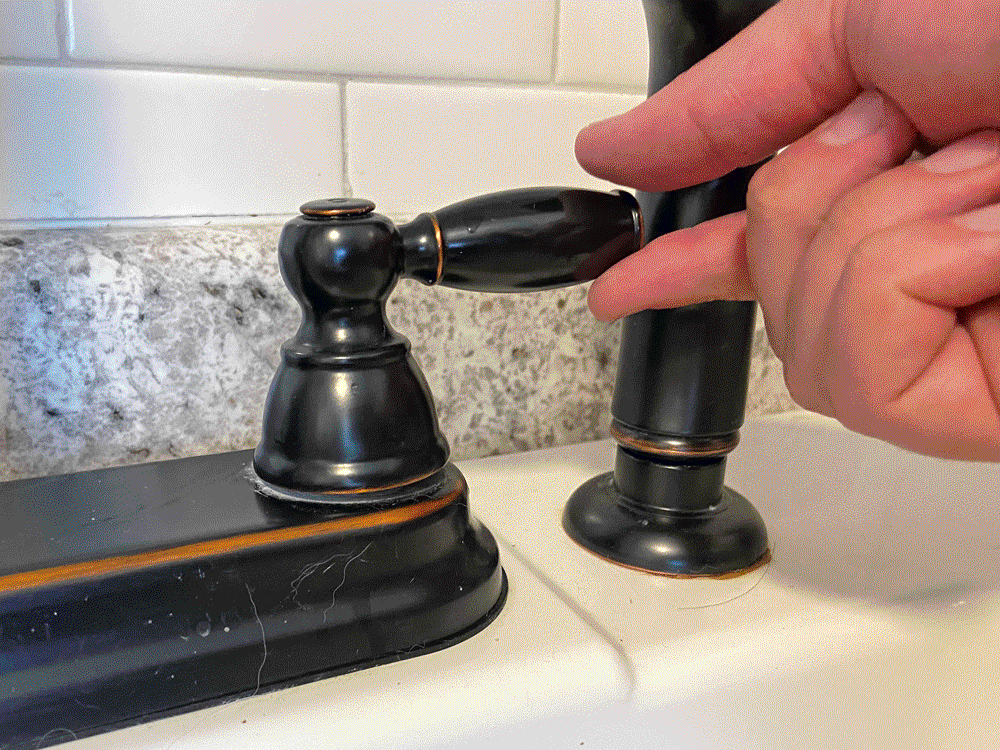1. Tighten the mounting nut
If you're noticing a loose kitchen sink faucet, the first thing you should try is tightening the mounting nut. This nut is located under the sink and secures the faucet to the countertop. Over time, the nut can become loose due to regular use and water pressure, causing the faucet to wobble or move around. To tighten the mounting nut, you can use a wrench or pliers, making sure not to over-tighten it and potentially damage the faucet.
2. Replace the O-ring
The O-ring is a small rubber ring that helps create a seal between the faucet and the countertop. If this ring becomes worn or damaged, it can cause the faucet to become loose. To replace the O-ring, you will need to turn off the water supply and remove the faucet handle. You can then replace the old O-ring with a new one and reassemble the faucet.
3. Replace the cartridge
The cartridge is a crucial component of the faucet that controls the flow of water. If the cartridge becomes worn or damaged, it can cause the faucet to become loose or even leak. To replace the cartridge, you will need to turn off the water supply and remove the faucet handle. You can then remove the old cartridge and replace it with a new one.
4. Check the water supply lines
In some cases, the problem may not be with the faucet itself, but with the water supply lines. If these lines become loose or damaged, it can cause the faucet to move around. To check the water supply lines, you will need to turn off the water supply and inspect the lines for any signs of damage or looseness. If needed, you can tighten the connections or replace the lines altogether.
5. Use plumber's putty
Plumber's putty is a versatile and useful tool for fixing a loose kitchen sink faucet. You can use it to create a watertight seal between the faucet and the countertop, preventing any movement. To use plumber's putty, you will need to remove the faucet and apply a thin layer of putty around the base of the faucet before reinstalling it.
6. Adjust the faucet handle
If the faucet handle itself is loose, you can try adjusting it to fix the problem. To do this, you will need to remove the handle and locate the set screw underneath. You can then use a screwdriver to tighten the set screw, which should secure the handle in place and prevent any movement.
7. Replace the faucet handle
If the faucet handle is too damaged or worn to be tightened, it may be time to replace it altogether. You can find replacement handles at most hardware stores, and they are relatively easy to install. Just make sure to choose a handle that is compatible with your faucet model.
8. Check the faucet base
The base of the faucet, where it connects to the sink, can also become loose over time. To check this, you will need to turn off the water supply and remove the faucet from the sink. You can then inspect the base for any signs of damage or looseness. If needed, you can tighten the mounting nut or use plumber's putty to secure the base in place.
9. Use a faucet wrench
If you're having trouble reaching certain parts of the faucet to tighten them, you may need to use a faucet wrench. This tool is designed specifically for faucet repairs and can make the process much easier. Just be careful not to over-tighten anything and potentially cause damage.
10. Call a professional plumber
If all else fails, or if you're not comfortable attempting faucet repairs on your own, it's best to call a professional plumber. They have the knowledge and experience to properly diagnose and fix any issues with your kitchen sink faucet, ensuring that it is secure and functioning correctly.
In conclusion, a loose kitchen sink faucet may seem like a minor annoyance, but it can lead to bigger problems if left unfixed. By following these tips and tricks, you can easily fix a loose faucet and prevent any potential issues in the future. Whether it's tightening a nut or replacing a component, with a little effort, you can have your kitchen sink faucet back to its stable and functional state in no time.
Why Fixing a Loose Kitchen Sink Faucet is Important for Your House Design

The Importance of a Functional Kitchen Sink Faucet
 A kitchen sink faucet is not just a simple fixture in your kitchen, it is an essential component of your house design. It serves as a utility tool for your daily chores such as washing dishes, vegetables, and hands. A loose kitchen sink faucet can cause inconvenience and disrupt the functionality of your kitchen. It can also lead to water wastage and potential damage to your sink and countertops. Therefore, fixing a loose kitchen sink faucet should be a top priority in maintaining your house design.
A kitchen sink faucet is not just a simple fixture in your kitchen, it is an essential component of your house design. It serves as a utility tool for your daily chores such as washing dishes, vegetables, and hands. A loose kitchen sink faucet can cause inconvenience and disrupt the functionality of your kitchen. It can also lead to water wastage and potential damage to your sink and countertops. Therefore, fixing a loose kitchen sink faucet should be a top priority in maintaining your house design.
Causes of a Loose Kitchen Sink Faucet
 There are several reasons why your kitchen sink faucet may become loose over time. The most common cause is wear and tear due to frequent use. The constant movement of the faucet handle and water flow can loosen the connections and cause it to become wobbly. Another cause could be the accumulation of mineral deposits or debris in the faucet, which can affect its stability. Whatever the cause may be, it is important to address it immediately to avoid further damage and ensure a functional kitchen.
There are several reasons why your kitchen sink faucet may become loose over time. The most common cause is wear and tear due to frequent use. The constant movement of the faucet handle and water flow can loosen the connections and cause it to become wobbly. Another cause could be the accumulation of mineral deposits or debris in the faucet, which can affect its stability. Whatever the cause may be, it is important to address it immediately to avoid further damage and ensure a functional kitchen.
The Benefits of Fixing a Loose Kitchen Sink Faucet
 Aside from the obvious benefit of having a fully functional kitchen sink, fixing a loose kitchen sink faucet can also enhance the overall look of your house design. A wobbly faucet can be an eyesore, especially if you have a modern and sleek kitchen design. By fixing it, you can restore the clean and seamless look of your sink area. Additionally, a secure faucet can help save water and prevent water damage to your kitchen cabinets and countertops.
Aside from the obvious benefit of having a fully functional kitchen sink, fixing a loose kitchen sink faucet can also enhance the overall look of your house design. A wobbly faucet can be an eyesore, especially if you have a modern and sleek kitchen design. By fixing it, you can restore the clean and seamless look of your sink area. Additionally, a secure faucet can help save water and prevent water damage to your kitchen cabinets and countertops.
Steps to Fix a Loose Kitchen Sink Faucet
 Fixing a loose kitchen sink faucet may seem like a daunting task, but it can be easily done with the right tools and knowledge. First, you will need to turn off the water supply to your sink to avoid any accidents. Then, you can use a wrench to tighten the connections of the faucet, making sure not to over-tighten as it can cause damage. If the issue is due to mineral deposits, you can clean the faucet with a mixture of equal parts water and vinegar. Finally, turn on the water supply and test the faucet to ensure it is secure and working properly.
Fixing a loose kitchen sink faucet may seem like a daunting task, but it can be easily done with the right tools and knowledge. First, you will need to turn off the water supply to your sink to avoid any accidents. Then, you can use a wrench to tighten the connections of the faucet, making sure not to over-tighten as it can cause damage. If the issue is due to mineral deposits, you can clean the faucet with a mixture of equal parts water and vinegar. Finally, turn on the water supply and test the faucet to ensure it is secure and working properly.
In Conclusion
 In conclusion, a loose kitchen sink faucet may seem like a minor issue, but it can have a significant impact on your house design and daily routine. By addressing it promptly, you can avoid further damage and ensure a functional and visually appealing kitchen. Remember to regularly check and maintain your kitchen sink faucet to prevent any future problems. With these simple steps, you can easily fix a loose kitchen sink faucet and maintain the overall functionality and aesthetics of your house design.
In conclusion, a loose kitchen sink faucet may seem like a minor issue, but it can have a significant impact on your house design and daily routine. By addressing it promptly, you can avoid further damage and ensure a functional and visually appealing kitchen. Remember to regularly check and maintain your kitchen sink faucet to prevent any future problems. With these simple steps, you can easily fix a loose kitchen sink faucet and maintain the overall functionality and aesthetics of your house design.



















































































































